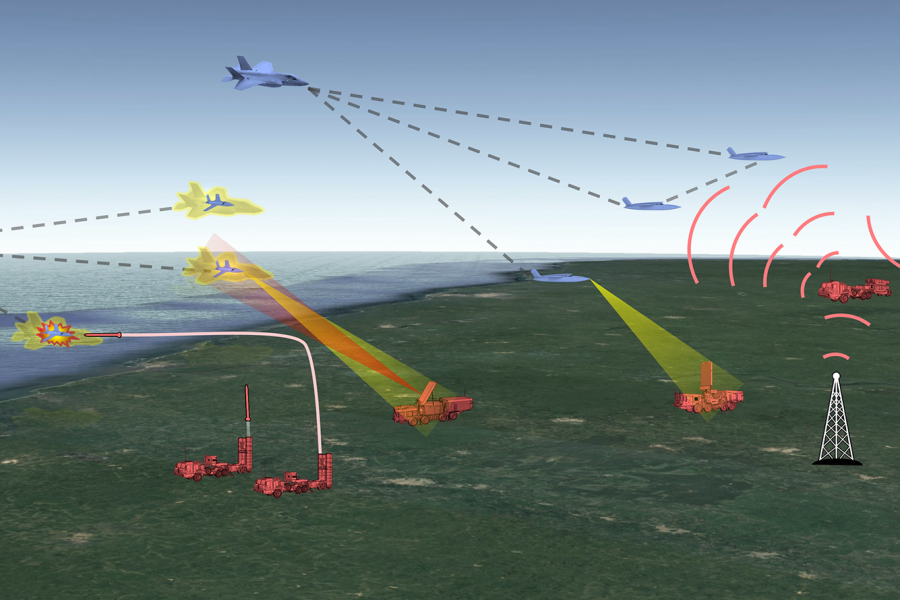Three of the Air Force’s four Vanguard programs—high-profile ventures chosen for extra investment and accelerated development—are slated to become programs of record by the end of 2023, the deputy assistant secretary of the Air Force for science, technology, and engineering told Congress on May 12. The statement seemed to affirm the department’s approach to rapidly turning key technologies into acquisition programs.
The Vanguard programs “have succeeded in representing a new model for accelerating the pace of transitioning solutions,” Kristen J. Baldwin said in her written testimony to the House Armed Services subcommittee on cyber, innovative technologies, and information systems.
Golden Horde, Skyborg, and National Technology Satellite-3 were all selected as initial Vanguard programs in September 2020, with the Air Force seeking some $157.6 million for them in fiscal 2021. Then, in June 2021, the service announced it was adding Rocket Cargo as a fourth line of effort.
The first three programs are all set to transition to acquisition in 2023, Baldwin told lawmakers. She did not offer a timeline for Rocket Cargo, instead stating that a “small [science and technology] investment today influences early commercial design efforts and leverages $5-10 billion ongoing industry and NASA investments.”
Still, the transition of the initial three in 2023 would ensure those programs remain mostly on time from their initial estimates.
NTS-3, an experimental satellite meant to complement GPS and increase the resilience of satellite navigation for the military, was initially scheduled for launch in late 2022, but the Air Force Research Laboratory had said in April 2021 that that date had slipped to 2023.
In August 2021, Brig. Gen. Dale R. White, the program executive officer for Skyborg, an artificial intelligence-enabled system to control unmanned aircraft in a future manned/unmanned aircraft teaming concept, hedged his bets on transitioning in 2023, saying, “I won’t say it is not achievable” but warning that budgetary pressures could change that.
Golden Horde, meanwhile, is intended to develop “networked, collaborative, and autonomous,” or NCA, weapons—munitions that can set up their own network, change their targets in flight, and synchronize their strikes. Officials had not previously assigned a timeline to that program but had transitioned it to a new phase of development in September 2021 called “Colosseum,” with virtual environments, digital engineering, and “surrogate UAVs” to allow scientists and engineers to rapidly try out new ideas and innovations.
Speaking to lawmakers, Baldwin seemed to endorse using the “Colosseum” approach for other programs.
“We’re all looking at digital technology, digital modeling, simulation, agile software practices,” Baldwin said. “So the continued interest in allowing us to utilize advanced technologies in transforming our processes through digital tools is also going to have a significant benefit, because … the knowledge gaining and learning process, the recovery, can be quicker when we are training things in models and simulations versus expensive hardware prototyping.”
Baldwin also noted that the Department of the Air Force remains committed to dedicating 20 percent of its science and technology budget to “transformational technologies.” And as the Vanguards are set to transition to acquisition programs, she offered a small hint as to where her next priorities would lie.
“You may … be familiar with the Secretary of the Air Force’s operational imperatives in order to keep pace with the China threat,” Baldwin said. “We are actively identifying what capabilities are needed and using this transformational S&T component to align with those capability gaps.”
